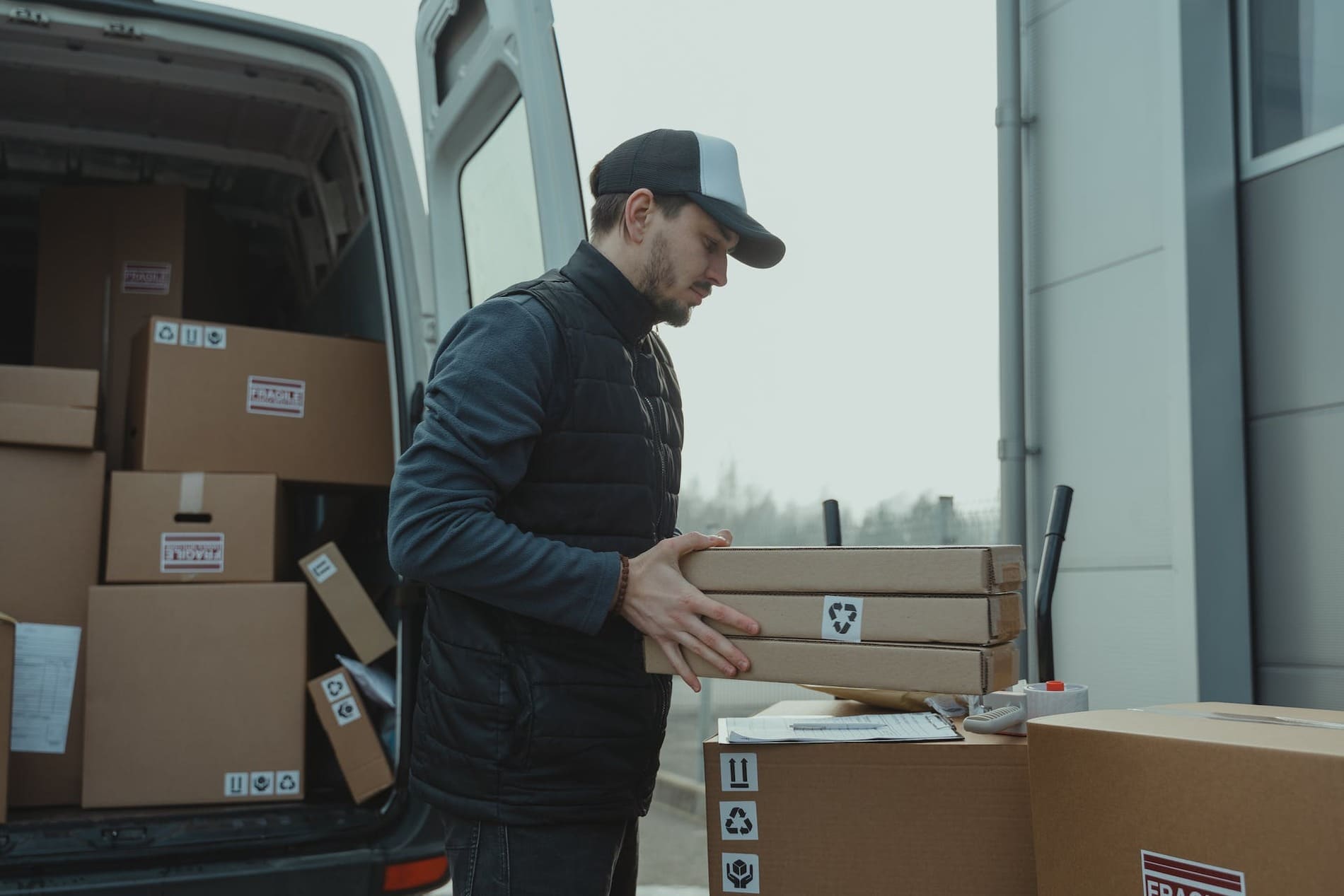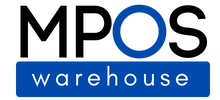
In-house fulfillment costs
Below are the fees incurred if you execute fulfillment in house.
Inbound shipping costs
Transporting goods from your suppliers to your fulfillment locations is an expense you should take into account. Inbound shipping fee depends on whether your stock is shipped via air, sea, or freight with any import-export taxes.
Inventory storage costs
Another substantial order fulfillment cost is the storage fees. Businesses that do self-fulfillment often make use of their available store space to stock inventory. However, when the demands increase and entail the need to stock more products, retailers need to rent a storage unit or warehouse whose costs rely on the preferred locations and spatial needs.
Labor costs
If you can’t dedicate much of your time to fulfilling orders in house, you might need to hire extra staff to help you manage merchandise, track, and fulfill orders. Depending on the scale of your operation and the quantity of products you’re selling, this labor can present a significant expense.
Packaging costs
Your packing needs and product types determine the cost of packaging. Packing small and lightweight goods won’t cost much. On the contrary, large or fragile items in need of more specialty or customized packaging will drive up the order fulfillment cost.
Outbound shipping costs
Shipping costs constitute the largest share of fulfillment costs. The type of products you sell, the package size, weight, distance to destination, and delivery speed can decide how much you need to pay. You can deliver orders yourself or forward this part to a shipping service provider.
Software and tools
To streamline your in-house fulfillment operations, you need to invest in appropriate software systems and tools that can automate many repetitive tasks and reduce errors. For example, an inventory management system will help you manage inventory in real time while order management enables you to oversee all order fulfillment processes.
3PL fulfillment fee
3PL fulfillment pricing varies by providers, order volumes, pricing models, and other additional services. Normally, the outsourced fulfillment costs often consist of the following.
Onboarding costs
To start using a 3rd-party fulfillment service, you may need to pay an amount of onboarding fee. The 3PL will set up your account and integrate their technologies with your systems to track and fulfill orders. This initial setup fee is often a one-time payment or charged based on your business type, order quantity, or inventory categories.
Inbound shipping costs
Inbound shipping is an incurred cost for shipping products from your warehouses or suppliers to the 3PL’s fulfillment centers, which depends on whether the suppliers transport your goods by air, sea, or freight.
Receiving costs
You also have to pay receiving costs for 3PLs to process your inventory shipped to their facility. 3PL providers will receive, inspect your merchandise for damages, check the quantity, and scan your products to their inventory software before storing. Most of these fulfillment fees get charged by the hour, per item, or per unit.
Inventory storage costs
The storage expenses are often calculated based on the space your products occupy. If your products need special storage techniques or equipment like refrigeration or longer-term storage, you’re supposed to pay extra fees. 3PL companies can charge fees per pallet or based on the total area your inventory takes up.
Pick and pack fees
Once 3PLs receive your customers’ orders, their staff will collect the items from their storage locations, and pack them for shipment. Some fulfillment companies charge per item while others may offer bulk rates.
Box and packaging fees
3PL providers package your products safely and appropriately using items like shipping labels, tape, and boxes. 3PL companies often set the fees for packaging materials based on the dimensions and weight of the package. Custom-branded packaging materials also cost more than standard packaging offered by the provider.
Custom labeling and order insert fees
Another cost of fulfillment services is for inserting additional documents such as promotional brochures into each package. Besides, if you want some customizations for your orders like gift wrapping, you’ll need to pay higher fees.
Kitting fees
Order fulfillment pricing also includes the fees for bundling many products to sell or attaching free items to each order. You also have to bear this cost if 3PLs assemble items before shipment. The cost can be charged per hour or by the item.
Outbound shipping costs
The fees for shipping orders to your customers are an indispensable part of any eCommerce fulfillment pricing. The outbound shipping cost varies based on the size and weight of the package, the shipping speed, such as two-day delivery, freight or air, and other factors. Many 3PLs help save a great deal as they can get bulk discounts from shipping carriers.
Returns processing and restocking fees
Processing returns adds another fee to the total fulfillment center pricing. A 3PL company can assist you in handling return requests. The service providers examine the returned items for damage and decide whether to restock or dispose of the item.
Account management costs
Account management fees are another component of fulfillment center costs as 3PL assists your business with overall operations and account management. This expense covers the administrative costs of managing your account, including handling customer service calls and other incidentals.
Comparison of 3PL order fulfillment pricing models
Each 3PL comes with their own fulfillment services pricing. The table below displays the most common pricing models used by the service providers.
|
Model-based pricing model |
||||
|
$2.25 per cubic ft./month |
||||






